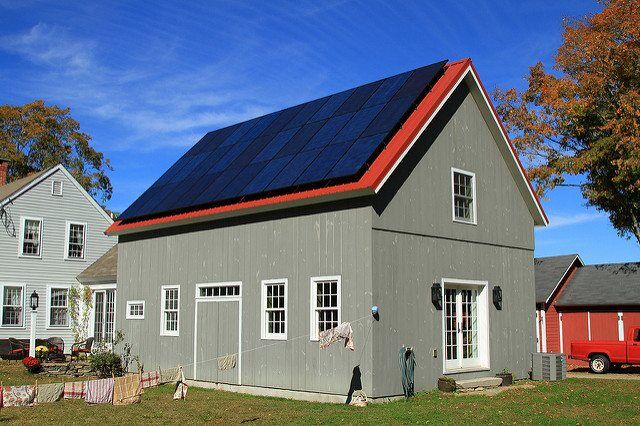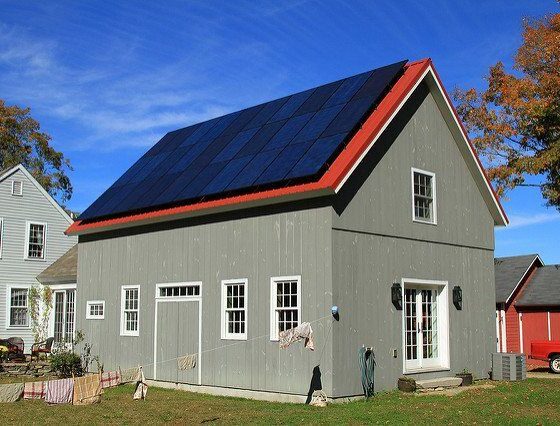

Features
5 Ways to Perform More Sustainable Home Construction
The harsh winter and sweltering summer this past year are reason enough to justify a more eco-friendly lifestyle. Our atmosphere can be affected by many human activities, and home construction qualifies as one of the most damaging.
According to the Zero Energy Project, the construction and operation of buildings accounts for 40 percent of all the energy used in the U.S. It’s among the most harmful if necessary activities we do.
Fortunately, a good portion of the construction industry has noted the harmful effects of its actions, and developed some useful strategies for creating greener home building. If you’re constructing a home, observe these practices to achieve a more sustainable result.
- Find a Green Contractor
Before you build, make sure your contractor has the same sustainable goals. If your builders have no interest in green construction, they may not operate with your eco-friendly building plans.
Many companies advertise themselves as being green contractors, but they need to be vetted carefully. Ask questions about their practices, materials, and ideals. The information you gather will indicate whether a contractor is a good match for your sustainable building orientation.
- Choose Sustainable Materials
If you’ve selected a green contractor, the company can help you choose eco-friendly materials. Still, it’s smart to do some preliminary research so you know your options.
Some materials have a much lower impact on the environment than others based on such aspects as how they’re harvested, their amenability to recycling or decomposition in landfills when you’re done, impact on your finished home’s energy efficiency, and other factors.
Some of the top sustainable building materials include:
- Bamboo flooring
- Fly ash concrete
- Wool bricks
- Solar tiles
- Paper insulation
- Triple-glazed windows
There are many more options for sustainable materials for the building process. If you do some research, you can find the best options for your home construction.
- Go for Green Interior Design
Your sustainable program shouldn’t end with the exterior of the structure. Today many indoor home trends are also green, so your house can be environmentally friendly as well as fashionable.
The items you choose to make up the interior structure of your residence will also have a bearing on your overall carbon footprint. Opting for LEED-certified lighting, for example, can reduce CO2 emissions for the standard home by as much as 34 percent.
Adding smart-home features, water conservation technology, window treatments, and eco-friendly decor materials can greatly reduce your contribution to greenhouse gas creation.
- Choose Materials that Boost Efficiency
It’s essential to monitor the impact of your home after it’s been built, as well. Many materials and appliances lend themselves to a more efficient home. Some of the most effective items include:
- Programmable thermostats, which significantly reduce heating and cooling consumption
- A high-efficiency, Energy Star-rated HVAC system
- Double paned windows that trap inside air
- Properly installed insulation that will help your HVAC system
- Energy Star-labeled appliances and fixtures
- Alternative energy tech such as solar panels that reduce power usage
Your energy bills and the environment will be grateful that you made efficiency a top priority in the construction phase.
- Watch the Details
Green home construction means covering all the details, not just the raw materials and construction process. It starts with an environmentally friendly location and goes from there.
Everything, from the size of your house to the landscaping to the paint colors you choose, can make a difference in achieving zero-energy construction. As you consider each of these details, don’t forget to apply the three Rs of sustainability: reduce, reuse, recycle.
If good-quality recycled materials are available, use them. If there’s a way to reduce the amount of materials you need for the project, find it. You might also be able to reuse such items as cabinets, flooring, roof shingles, appliances, and other features of your old home to reduce your environmental impact.
































